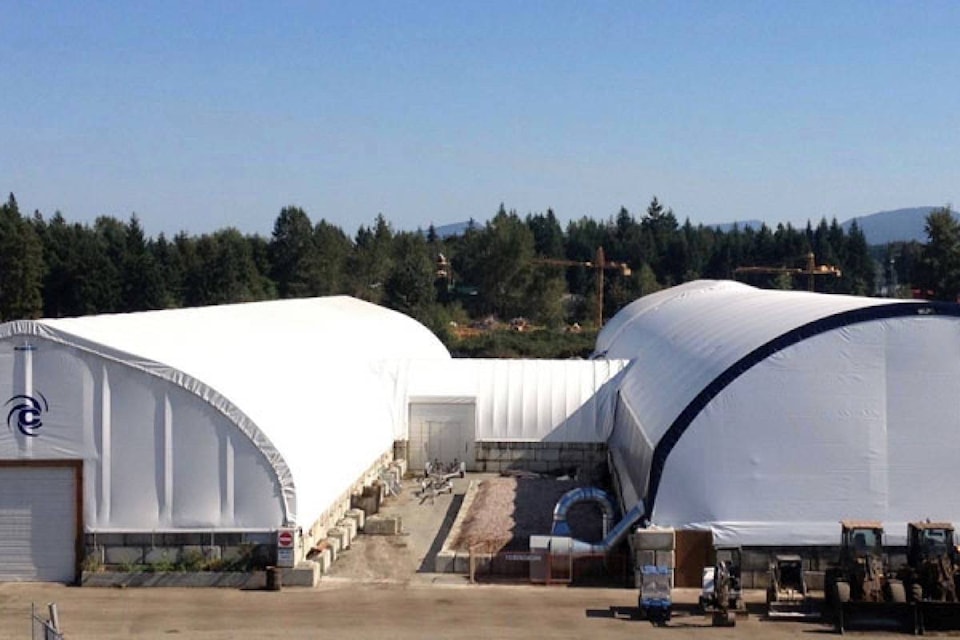One of the most difficult things to legislate is odours.
First of all, how does one measure it? Everyone’s sense of smell is different, and the intensity with which one experiences a particular odour can vary widely from person to person. And of course “nose blindness” is a real thing. This happens when one is constantly immersed in an odour, and over time ceases to notice it.
Often conflict arises over smells where the urban and rural meet. The urbanite can be unaccustomed to, for example, the smell of manure spread on a field in spring, or the scent created when a barn is cleaned out.
But there are some truly putrid smells, too, that can severely limit anyone’s enjoyment, or even their ability to keep their food down. If anyone’s ever been near a big industrial-type chicken or hog operation in summer they will know the scent is almost indescribable. Ditto some meat processing operations and feedlots.
But in recent years there’s been another smelly type of business that’s been cropping up on mostly industrial lands: composting operations.
Now, there’s a reason that the community dump always used to be located in the boonies, away from population centres. The stench at times could make a skunk keel over.
But large-scale composting facilities are relatively new. These operations are great. They take food and other waste, of which we produce mountains, and turn it into desirable grades of soil. They’re all about building sustainable communities. But sometimes the smell isn’t so great. So there’s a dilemma: we want to encourage these types of businesses, which are essential to a green future, but we need to make sure they don’t stink out the neighbourhood.
It’s a conundrum to be sure. Hopefully improving odour mitigation and ever-improving technologies can help to make a more easy relationship between neighbours.
